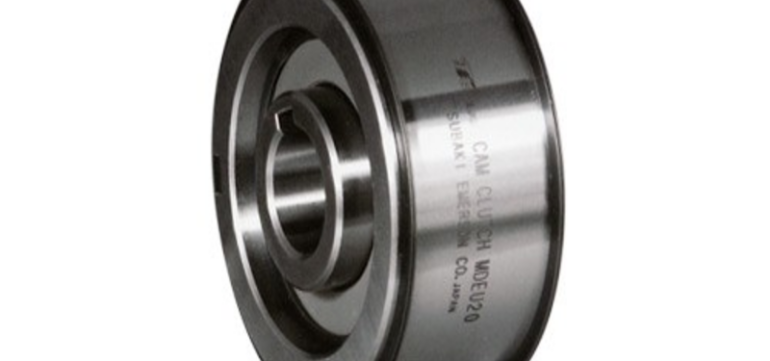
Auto Components
A clutch is a mechanical device that engages and disengages power transmision, especially from a drive shaft to a driven shaft. In the simplest application, clutches connect and disconnect two rotating shafts. In these devices, one shaft is typically attached to an engine and other to power unit, while the other shaft provides output power for work.

Research & Analyze
In a motor vehicle, the clutch acts as a mechanical linkage between the engine and transmission, and briefly disconnects, or separates the engine from the transmission system. This disconnects the drive wheels whenever the clutch pedal is depressed, allowing the driver to smoothly change gears.

Sketch & Optimizing
In a torque-controlled drill, for instance, one shaft is driven by a motor, and the other drives a drill chuck. The clutch connects the two shafts so they may be locked together and spin at the same speed (engaged), locked together but spinning at different speeds, or unlocked and spinning at different speeds
A common friction material is an organic compund resin with copper wire facing or a ceramic material. Ceramic materials can often transmit higher torque loads, but they can cause increased wear rates of the flywheel. A clutch disc can include springs which are designed to change the natural frequency of the clutch disc, in order to reduce vibration or audible rattling from the gearbox when the engine is idling in neutral. A clutch damper is a device that softens the response of the clutch engagement/disengagement. In automotive applications, this is often provided by a mechanism in the clutch disc centre.
Maintenance Service
- Preventive maintenance
- Emergency repairs
- Scheduled servicing
- Testing and component replacements
- Operation of building mechanical and electrical systems.